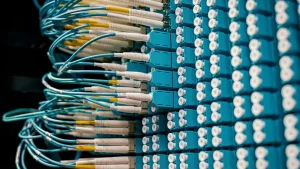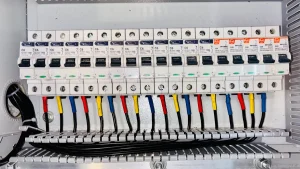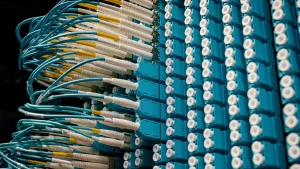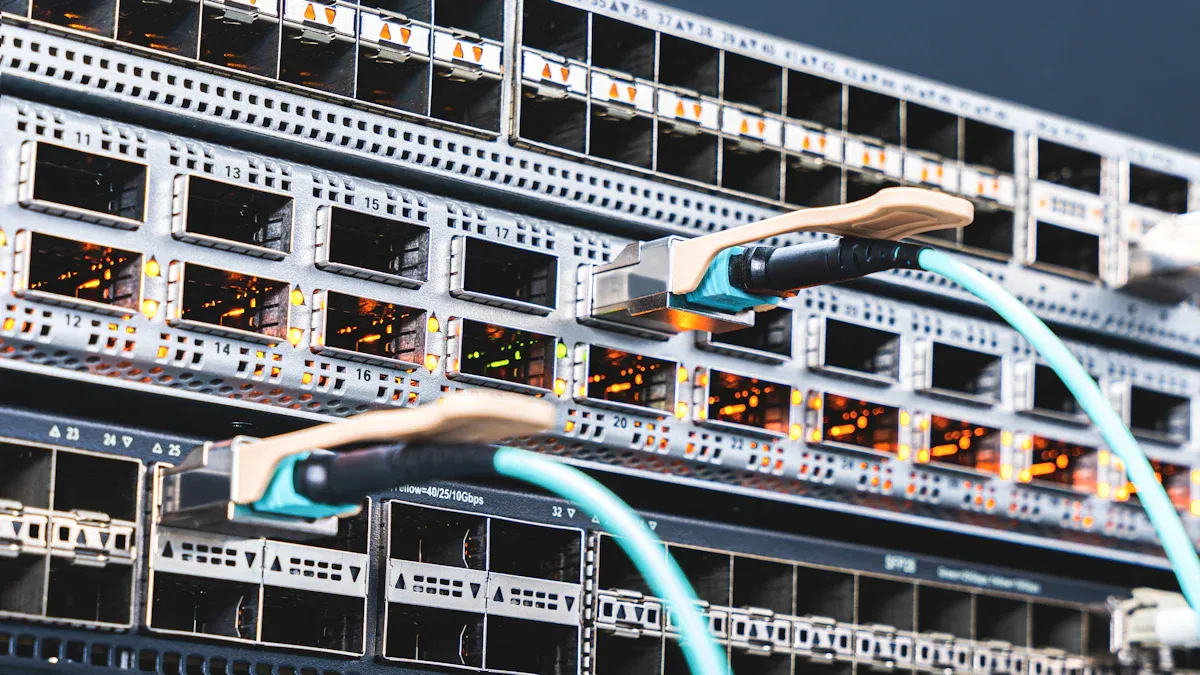
A Protocol Data Unit (PDU) represents the Basic PDU in network communication, carrying both data and essential metadata.
- PDUs contain addressing and sequencing details to support smooth transmission.
- Error checking and retransmission features in pdu networking help ensure reliable and efficient delivery, as seen in advanced protocols.
Key Takeaways
- PDUs package data with important control information like addresses and error checks, ensuring messages reach the right place without errors.
- Each network layer adds its own header or trailer to form a PDU, helping organize and protect data as it moves through the network.
- Understanding PDUs helps troubleshoot network problems faster and supports smooth communication between different devices and protocols.
Understanding PDU Networking
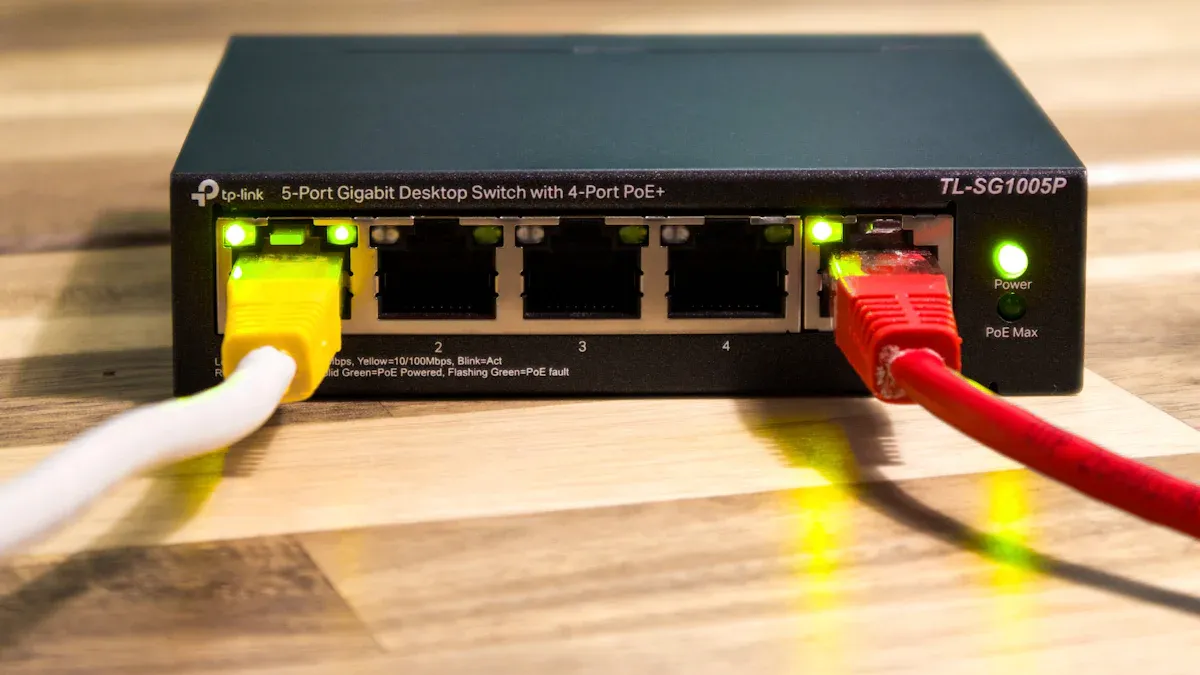
What Is a PDU in Networking?
A Protocol Data Unit (PDU) serves as the structured data unit exchanged between peer entities at a specific layer in a layered network architecture. Networking standards organizations define a PDU as the result of adding protocol-specific control information to the Service Data Unit (SDU) received from the layer above. This process, known as encapsulation, allows each PDU at one layer to become the SDU for the next lower layer. The PDU contains addressing, error-checking, and control data necessary for the protocol to function.
Think of a PDU as a letter placed in an envelope with an address. Each layer adds its own "envelope" and addressing, ensuring the message reaches its destination correctly.
- A Protocol Data Unit is the fundamental unit of data exchange between entities communicating via a specified networking protocol.
- PDUs are defined within layered protocol models such as OSI and TCP/IP, where each layer has its own PDU type (for example, packet for IP, segment for TCP).
- The PDU contains a protocol header, a payload, and sometimes a trailer.
- The encapsulation process forms the PDU by adding necessary protocol-specific metadata to the SDU.
- Protocol specifications dictate the format and function of PDUs, ensuring interoperability between compliant implementations.
Structure of a PDU: Headers, Payload, and Trailers
Each PDU consists of three main components: the header, the payload, and, in some cases, the trailer. The header carries control information such as source and destination addresses, sequencing, flags, and error-checking codes. This information is essential for routing, error detection, and managing message order. The payload contains the actual user data or encapsulated data from higher layers. The trailer, used mainly at the data link layer, includes error-checking mechanisms like cyclic redundancy check (CRC) to ensure data integrity.
Network packets typically follow this structure:
- Header: Contains instructions such as packet length, synchronization bits, packet number, protocol type, and source/destination addresses. Routers use this information to forward packets.
- Payload: The actual data being delivered, such as parts of an email or video.
- Trailer: Signals the end of the packet and often includes error-checking data like CRC. The receiving device uses the trailer to verify correctness before reassembling the original message.
Headers in network PDUs vary by protocol and OSI layer. For example, IP headers include source and destination addresses, time-to-live (TTL), and protocol type. Ethernet frames at the data link layer include MAC addresses and CRC trailers for local network communication and error detection. These differences reflect the objectives of each protocol and the OSI layer at which they operate.
PDU Types in OSI and TCP/IP Models
Both the OSI and TCP/IP models use PDUs to represent data as it moves through the network stack. Each layer assigns a specific name to its PDU, reflecting the encapsulation process and the function of that layer. For example, at the network layer (Layer 3) of the OSI model, the PDU is called a packet. This packet encapsulates data with header information such as source and destination IP addresses. At the transport layer (Layer 4), the PDU is known as a segment, which divides data into smaller pieces for transmission. TCP and UDP protocols use segments and datagrams, respectively, to manage communication and differentiate processes using port numbers.
The TCP/IP model, while having fewer layers, closely aligns its PDU types with those of the OSI model. The encapsulation process involves wrapping data with protocol-specific information at each layer, changing the PDU type accordingly. This structure ensures efficient, reliable, and accurate data transmission across diverse network environments.
Quick Reference Table: PDU Names by Layer
The following tables provide a comprehensive reference for PDU names at each layer of the OSI and TCP/IP models:
| Model | Layer Name | Protocol Data Unit (PDU) |
|---|---|---|
| TCP/IP | Application | Data |
| TCP/IP | Transport | Segment |
| TCP/IP | Internet | Packet |
| TCP/IP | Network Access | Frame |
| TCP/IP | Physical | Bits |
| OSI | Application | Data |
| OSI | Presentation | Data |
| OSI | Session | Data |
| OSI | Transport | Segment |
| OSI | Network | Packet |
| OSI | Data Link | Frame |
| OSI | Physical | Bits |
Another table highlights the specific names and functions of PDUs at key layers:
| OSI/TCP-IP Layer | Protocol Data Unit (PDU) Name | Description/Function Highlights |
|---|---|---|
| Data Link Layer | Frame | Contains MAC addresses, type/length, data payload, FCS |
| Network Layer | Packet | Includes IP addresses, TTL, protocol info, header checksum |
| Transport Layer (TCP) | Segment | Contains port numbers, sequence/acknowledgment numbers, flags |
| Transport Layer (UDP) | Datagram | Contains port numbers, length, checksum |
| Session Layer | Data | Manages sessions, synchronization, dialog control |
| Presentation Layer | Data | Handles data translation, encryption, compression |
| Application Layer | Data | Contains application-generated data like HTTP messages, emails |
These tables help network professionals and students quickly identify the correct PDU type at each layer, supporting effective pdu networking and troubleshooting.
How PDU Networking Supports Communication
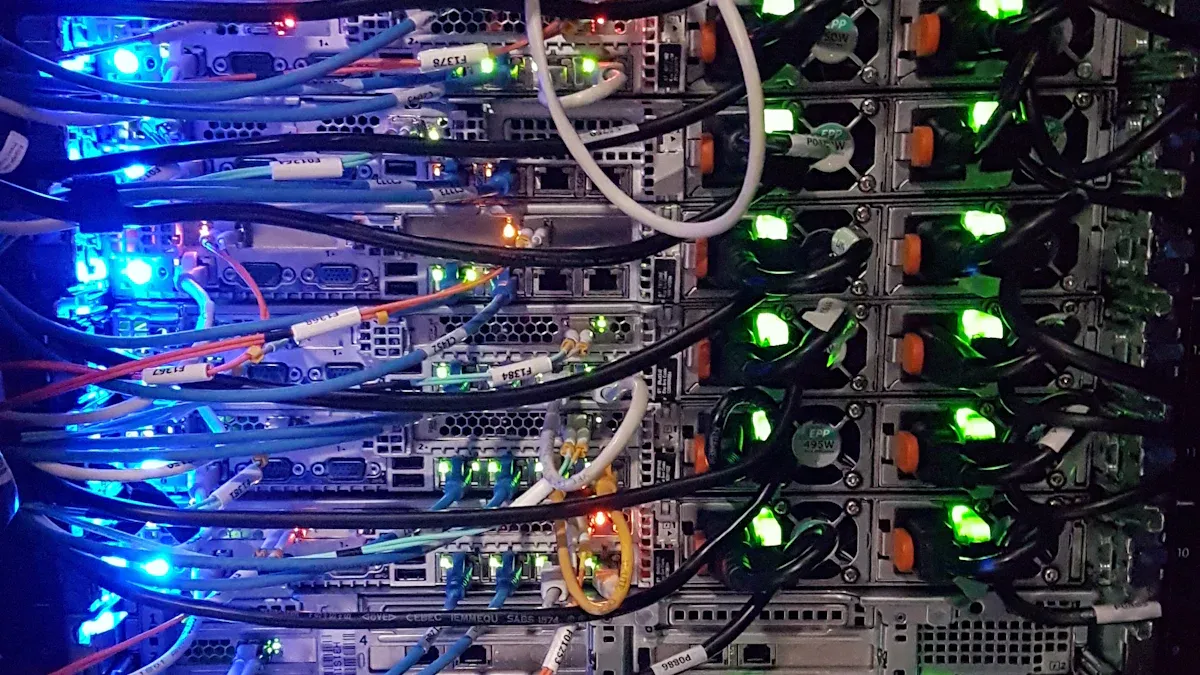
Encapsulation and Decapsulation Processes
Encapsulation and decapsulation form the backbone of pdu networking. During encapsulation, each network layer wraps data with its own headers and trailers, creating Protocol Data Units (PDUs) such as segments, packets, and frames. These PDUs carry both the original data and essential control information for routing, addressing, and error checking. At the sender side, data moves down the layers, gaining new headers and trailers at each step. The process reverses at the receiver side, where each layer removes its corresponding header and trailer to retrieve the original data. This structured approach ensures that every layer can process and forward data correctly, making communication reliable and efficient.
Encapsulation and decapsulation allow each network layer to focus on its specific tasks, ensuring seamless data transfer across diverse systems.
Importance of PDUs in Data Integrity and Interoperability
PDUs play a critical role in maintaining data integrity. Each PDU includes headers with addressing and sequencing details, as well as trailers with error-checking codes like checksums or cyclic redundancy checks (CRC). These features help detect and correct errors, ensuring that the payload arrives intact. PDUs also standardize data formats at each network layer, which enables interoperability between different devices and protocols. This standardization allows pdu networking to support smooth data flow across varied network environments.
- PDUs define structured data formats, standardizing communication.
- They enable encapsulation and decapsulation, ensuring correct data packaging.
- PDUs facilitate interoperability by adhering to standardized formats.
PDUs in Troubleshooting and Protocol Analysis
Network professionals often start troubleshooting by analyzing PDUs, especially at the Data Link Layer. Frames at this layer contain error detection fields such as CRC and Frame Check Sequence (FCS). When errors appear in these fields, they can indicate issues like faulty cabling or network interface card problems. By examining PDUs, technicians can quickly identify and resolve communication issues before moving to more complex diagnostics.
Tools and Real-World Examples for Analyzing PDUs
Protocol analyzers such as Wireshark capture and decode PDUs, allowing detailed inspection of network traffic. These tools display encapsulation details and individual fields, helping users pinpoint issues or verify protocol compliance. In real-world scenarios, such as smart grid networks, PDU analysis has enabled the detection and resolution of complex cyberattacks and operational failures. By examining PDUs at multiple layers, security teams can identify subtle threats and ensure the reliability of critical infrastructure.
Network experts recognize PDUs as essential for reliable communication. The following table highlights their roles at each layer:
| Layer | PDU Name | Key Role |
|---|---|---|
| Physical | Bits | Transmits raw data |
| Data Link | Frame | Connects local devices |
| Network | Packet | Routes data across networks |
| Transport | Segment/Datagram | Ensures delivery and sequencing |
| Application | Data | Delivers user content |
- PDUs enable error detection, interoperability, and efficient troubleshooting.
- Further study of PDUs helps network managers optimize performance and security.
FAQ
What is the main purpose of a PDU in networking?
A PDU organizes data for transmission. It includes control information, which helps devices communicate accurately and efficiently across network layers.
How do PDUs help with network troubleshooting?
Network engineers analyze PDUs to identify errors, track data flow, and diagnose issues. This process speeds up troubleshooting and improves network reliability.
Can different network devices use the same PDU format?
Network devices follow standardized PDU formats. This standardization ensures compatibility and smooth data exchange between devices from different manufacturers.
